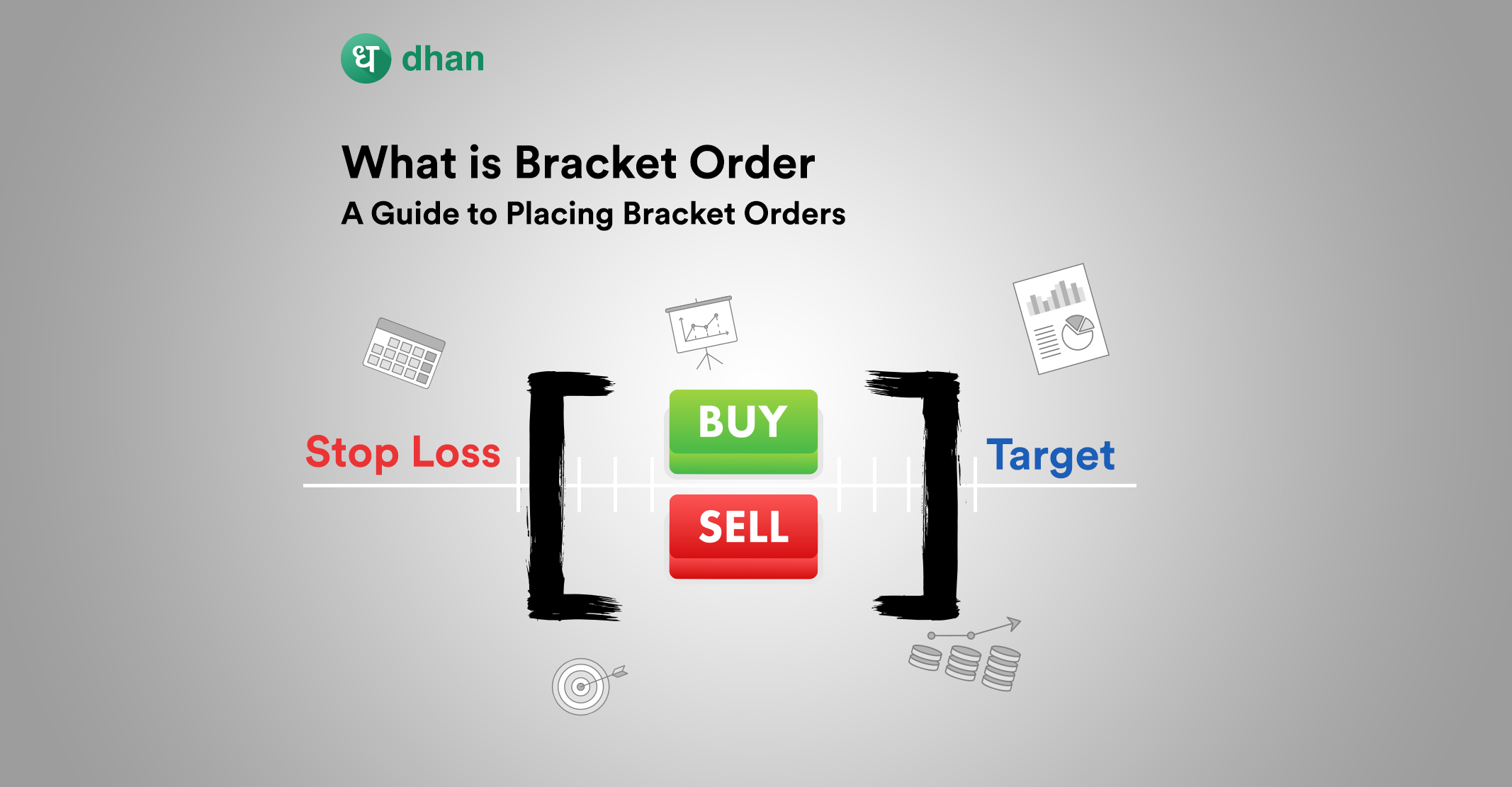You might have come across the term “pledging” while share trading online. The concept is popular amongst traders who want more capital to trade but don’t have enough money in their trading accounts. You must’ve got some idea as to what is pledge of shares. Let’s dig in deeper.
What is Pledge in Share Market?
Pledging of shares is the act of taking a loan against the existing shares you hold in your demat account. You may have heard about or even seen people keep their houses or property as collateral in return for funding.
When you pledge existing shares, you receive a collateral margin that can be used for trading. This leads us to the question: “Is a stock really considered to be collateral”? The answer is yes, stocks are considered to be assets that can be collateralized.
You may have guessed by now that pledging of shares is a form of leverage trading. At the end of the day, you make your trades or investments on the basis of borrowed funds. This can help you increase your position in the stock market beyond your own capital.
This is a double-edged sword, to use an overly used term. We’ll get to the “why” later. As with any loan, there’s a risk that both parties must bear. Brokers manage the risk by giving you a collateral margin whose value is less than your shares’ current value. This is referred to as haircut percentage.
For example, if you decide to pledge your equity shares with a market value of, say, ₹50,000 and the haircut percentage is 10%, the collateral margin you would receive from your broker would be ₹45,000.
The higher the stability of your investments, the lower the haircut percentage. Large-cap stocks, for context, may help you obtain a greater margin compared to penny stocks. While most investments can be pledged in the share market, certain passive mutual funds and debt investments can not.
Types of Share Pledging
Pledging simply means putting up your shares as collateral for more margin. But, there are two types of share pledging that you can turn to. One is pretty straightforward and the other’s interesting. Let us walk you through both types in the following section.
1. Pledge Margin
You wake up one morning and your trading setup suggests it’s the right time to take a position in a scrip. Great. But you don’t have capital. Lucky for you, your broker accepts certain shares as collateral and in turn, gives you more margin for trading.
You go through the broker’s list of acceptable shares for pledge margin benefit and turns out, you have multiple options. You pick a few of these shares based on the capital you need, subtract the haircut, and finally go through with the pledge process. Voila! You have more capital for trading.
If you’re a Dhan user, you can use this capital to trade not only shares but also commodities, currencies, and f&o! Want to know more? Watch this video about pledge margin benefit!
2. Margin Trading Facility (MTF)
Margin Trading Facility or Margin Trade Facility (MTF) allows you to get more leverage for trading stocks while pledge margin benefit allows you to get more margin for trading in any segment. That’s the first difference.
The second difference between MTF and pledge margin is that MTF requires you to pledge the stocks you’ve bought using the facility on the same day, before 9 PM. You can’t pledge other stocks – just the ones bought using MTF. Or, you could use cash as collateral too.
Stocks bought using MTF have to typically be pledged within T+1 day from the day of purchase (T). The following video will tell you more about how to use MTF.
Why Do Traders Pledge Shares?
By now, you must be aware that you can gain collateral margin with share pledging for stock trading online. Let’s further check out what kind of trade this share pledging allows. It will help you understand what prompts traders to pledge their shares.
With the obtained margin, you can carry out intraday trading. For example, if you want to day trade shares but do not have enough cash, you can leverage your existing shareholding to obtain a margin.
However, you need to remember that this collateral margin comes with certain limitations based on the broker you have chosen. The most common margin given to trades is 4x to 5x. Thus, if you are pledging shares worth ₹5,000, you can do intra-trading at 5x of that amount, which would be ₹25,000.
Ensure that you enquire about these aspects before pledging your shares. As a trader, you need to remember that if you exceed your collateral margin, you will have to pay a certain fee. Thus, you should constantly monitor the usage of the margin obtained from share pledging, especially options trading margin and other derivatives-related margins.
How Does Pledging Take Place?
What happens once your shares are pledged? In the past, these shares were transferred to the broker’s account once the pledging was done. However, based on some fraudulent instances, the rules have changed to give protection to traders.
Now the pledged shares remain in your demat account unless you fail to abide by your contract as per SEBI’s new streamlined regulations. Once pledged, your shares are locked, which means you can not sell them unless you unpledged them.
By the way, Dhan lets you unpledge stocks in just a single click. Once you sell your existing shares bought using these pledged shares and add the funds, you can release your pledged shares by reaching out to your broker or your online share trading account.
If you cannot abide by the agreement made between you and your broker, your broker can sell your shares to recover the money.
This usually happens when you incur huge losses, due to which your margin gets wiped off, and this is known as a capital blowoff. This is why pledging shares is a double-edged sword, and you need to tread carefully.
Pros and Cons of Pledging Shares
| Pros of Pledging Shares | Cons of Pledging Shares |
| More margin for trading | Haircut deducted from margin |
| Existing shares used as collateral | Collateral can be sold if you default |
| Profits can be amplified | Risk can be amplified just like profits |
Conclusion
We hope now you know what is pledge of shares! Pledging of shares is a common practice among traders because it helps them obtain a collateral margin for trading without having to forgo their shares and cash.
Ensure you carefully evaluate your stock’s position in the market before you pledge them and use appropriate risk management techniques. Dhan has one feature for risk management known as Trader’s Controls which you can know more about by watching the video below.



